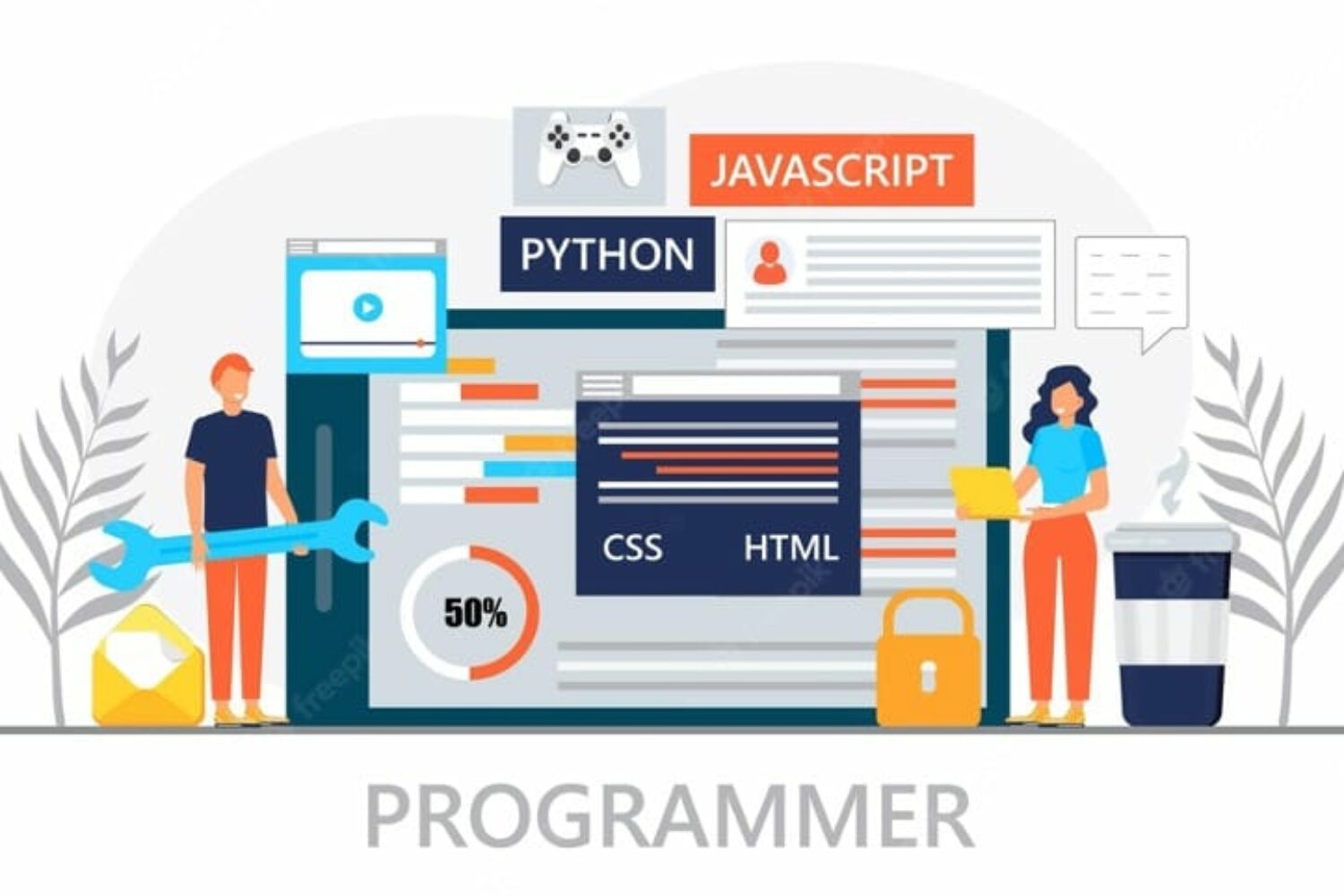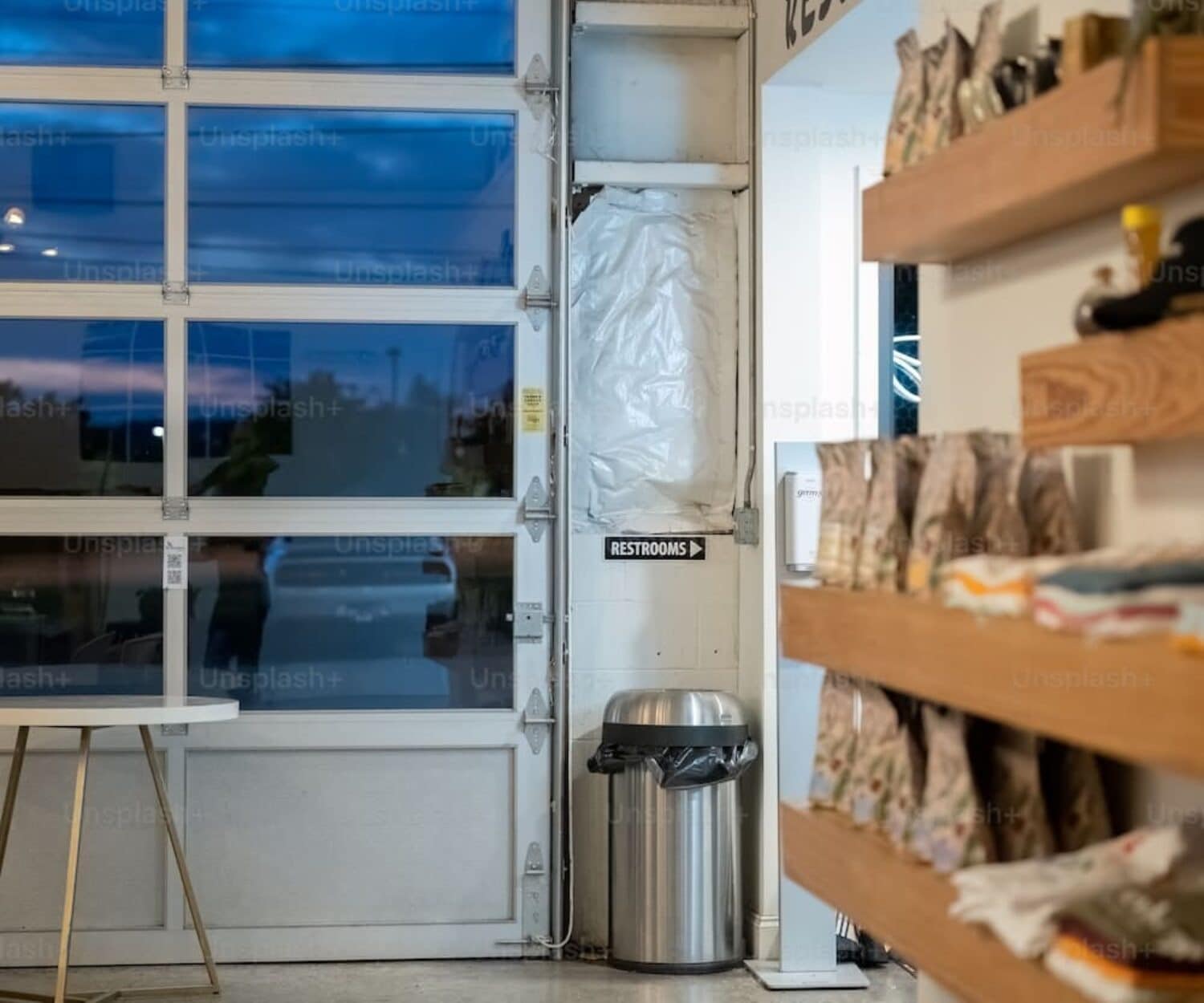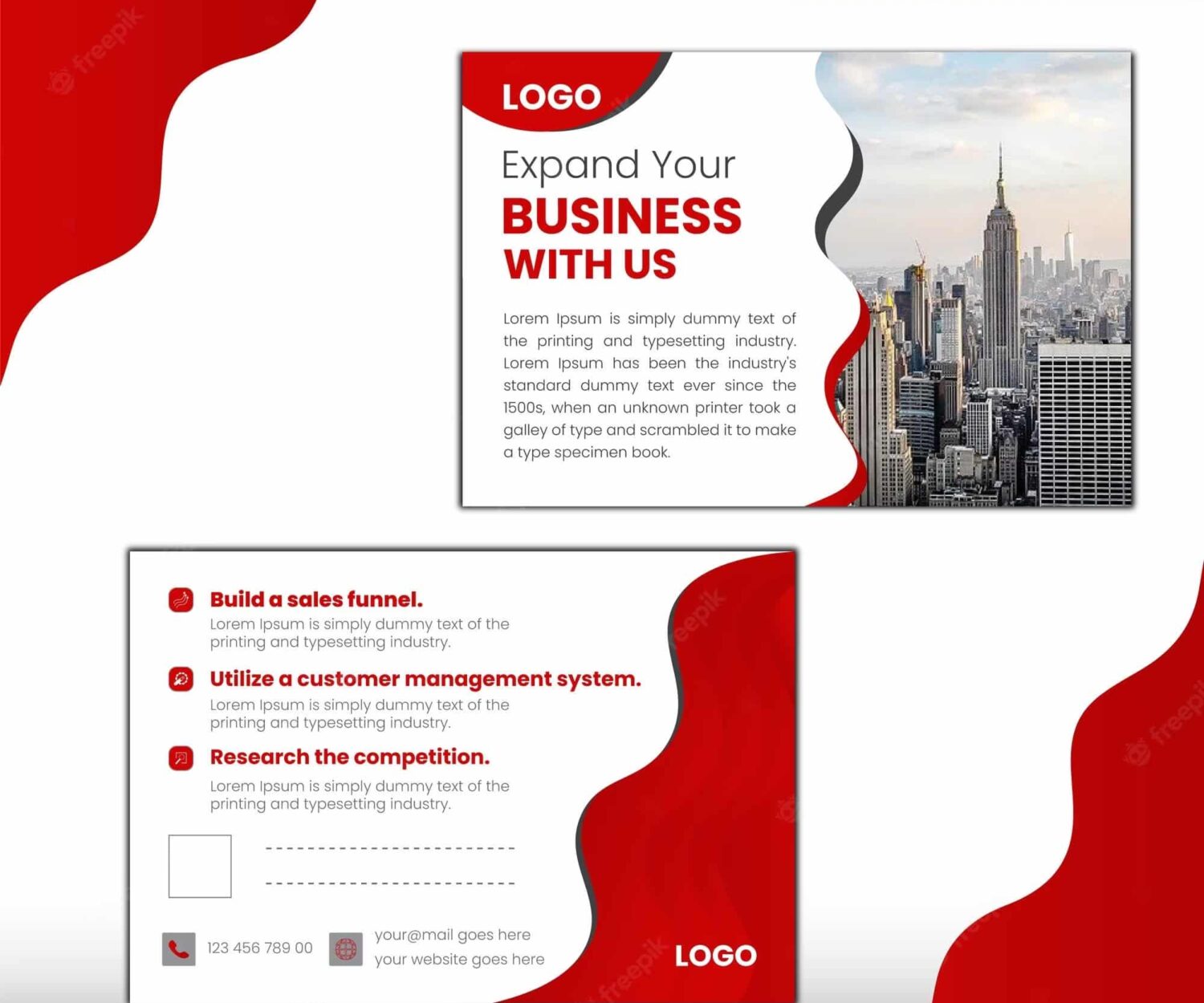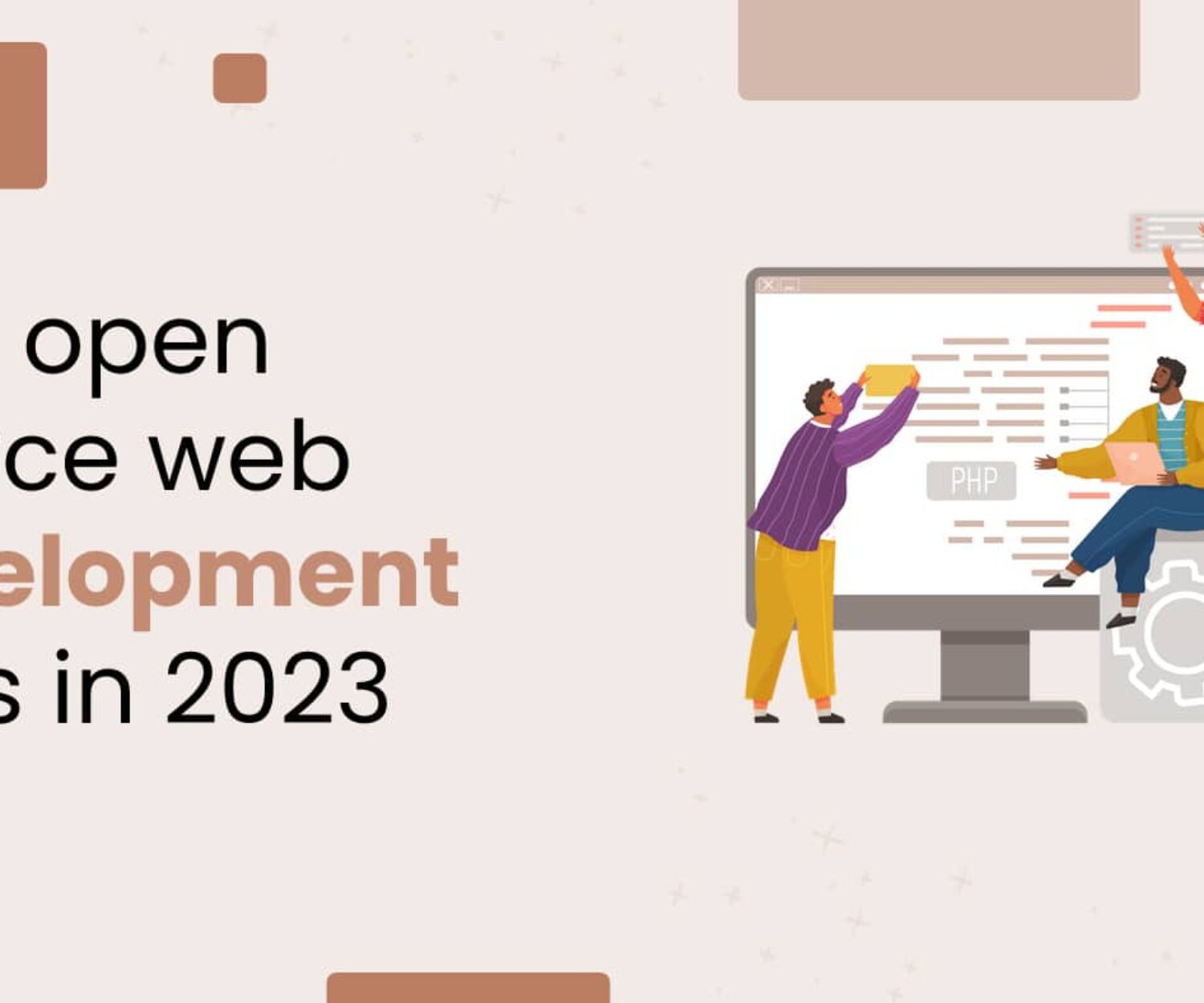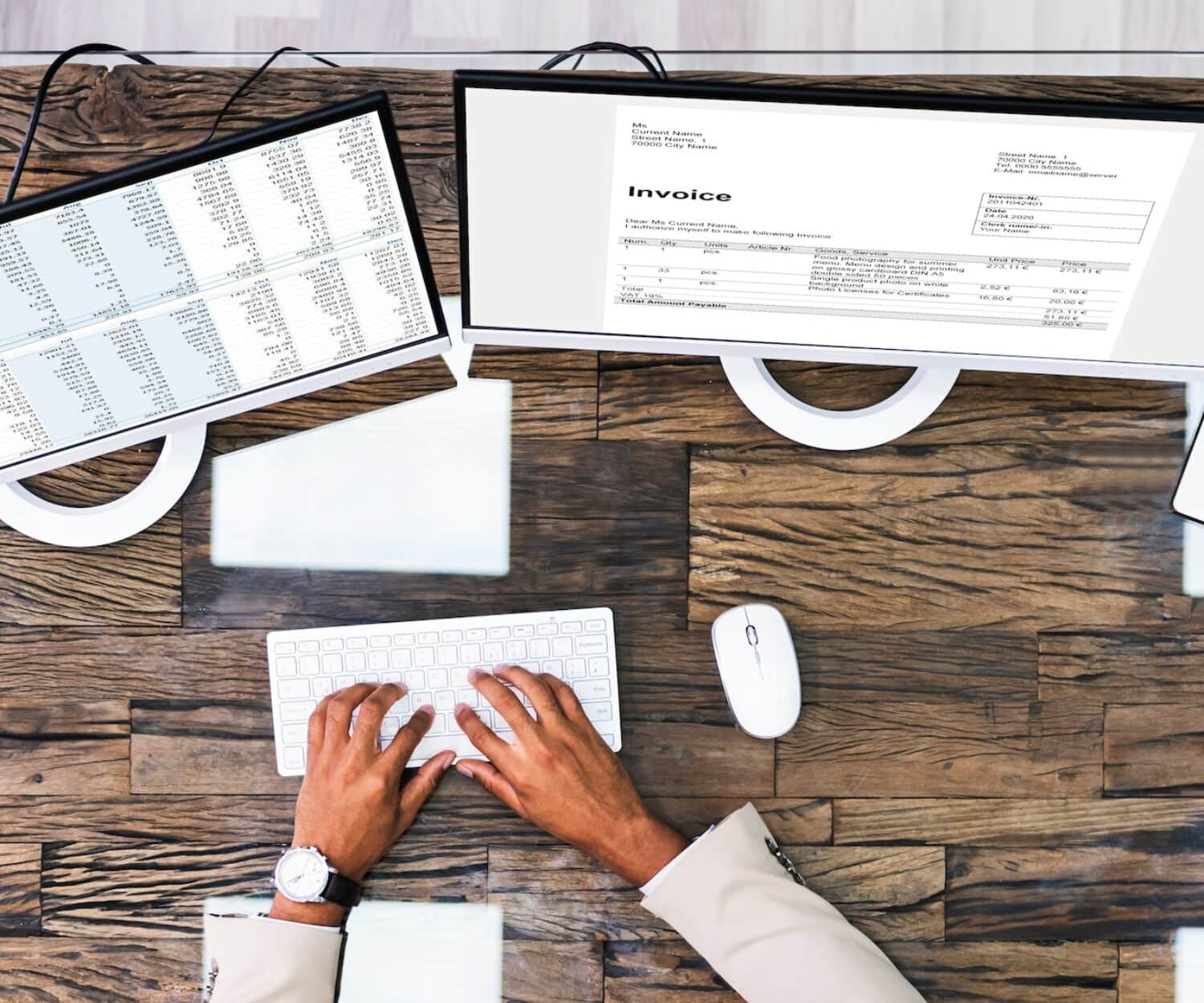When you launch a website, you’d think every detail would be covered. But even the most carefully constructed sites have issues from time to time. In fact, some of the world’s biggest websites today have server problems that make their sites inaccessible for extended periods of time. In this blog post, we’ll discuss the top 12 website problems and how to fix them if your site is experiencing any of them. If your site has issues that are not on this list, don’t worry! We will update this blog with new content on website design problems and solutions as needed. Let us know if you want us to address any specific topics in future posts by getting in touch with us.
Website Outage
Before we discuss any specific issues that can negatively impact your website, we need to start with one of the most critical website problems: uptime. Ideally, your site should always be available to users, and you should always be able to access your admin to make changes. Unfortunately, that’s hardly the case. One of the biggest reasons for downtime is server issues, which can be caused by factors including high traffic, insufficient RAM, or a recent software update that wasn’t executed properly. Other factors that can lead to website outages include broken links, incorrect redirects, broken links, and faulty redirects.
Slow Response Time
The amount of time it takes for a website to load can have a significant impact on user experience. The average user expects a page to load in three seconds or less. If it takes longer than that, they will likely exit out of the browser or, even worse, leave the site and visit one of your competitors! There are a number of reasons why response time might be taking longer than expected. Use a tool like GTmetrix, Experte or Pingdom to analyze website issues that could be slowing down your website
Site Crashing or Error Constantly
If your site crashes or you’re receiving error messages, a lot of visitors will abandon your site immediately. No one wants to deal with broken links or a “404 not found” message. It’s important to know what kind of error messages are normal for your site and which ones indicate a serious problem. Here are a few examples of common website errors and their causes:
Unoptimized Images
Websites are full of images. From logos to social media posts, images are an essential part of online marketing. Unfortunately, these images take up a lot of space on your servers and can slow down your website if you don’t optimize them. There are two ways to optimize images for the web: resolution and file type. You should make sure each image has a resolution of 72 dpi (dots per inch) or less. A resolution of around 100-150 dpi is ideal. If you’re working with a design agency, you may be able to specify a file type such as JPEG, PNG, or GIF. Alternatively, you can use a free image optimization tool like TinyPNG or Image Optimizer. Ensure your website has images optimized correctly.
Complicated site navigation
A user experience, or UX, is what happens when a visitor arrives on your site, explores the different pages, and decides whether or not to stay. If they encounter a poor experience, they’ll likely bounce and never come back. There are many factors that can impact UX on your site. For example, you should always be sure to optimize your images and make sure links are directing visitors to the right pages. Nonspecific page titles are an example of navigation issues. There are also ways to improve UX by using tools to prototype your websites navigation, which can help you create a site that’s both appealing to the eye and easy to navigate.
WebSite Design Issues or Lack of User Research
Even if you have no issues with downtime or poor performance, your site may not be appealing to your target audience due to design issues. Some website builders let you choose from a selection of pre-created site designs. Others let you build a site from scratch. If you’re building a site from scratch, you need to make sure it isn’t too cluttered, it has plenty of white space, and it clearly communicates your message. You should also make sure you’ve researched your target audience to make sure they will be receptive to your site design.
HTML and CSS Issues
If you’re working with a custom design, you may occasionally have problems when it comes to HTML and CSS. Problems with HTML or CSS could result in your site not loading at all or displaying an error message. If you’re using a website builder, you can generally expect to encounter little to no problems related to the actual code. If you’re working with a custom design, on the other hand, there’s a chance you could run into issues.
Error Messages and 500 Internal Server Errors
If you receive an error message on your site, you may have misspelled a word or made a grammatical mistake in the server config files. You may also have forgotten to put a closing /> tag in an HTML files code. If you receive an error message like “500 internal server error,” you likely have a more serious problem. This is a server error that indicates something is wrong with your server or the way in which your site is being hosted. This type of error is one of the more major website issues that may require developer support to resolve.
Broken Links and Incorrect Content
As you create pages and posts on your site, you’ll need to link them to each other and to outside sources. If you fail to create the correct links or make a mistake when linking to an external resource, you could end up with broken links. This can be especially problematic if you’re linking out to a large platform like YouTube or Google Images. You may also accidentally include incorrect or outdated information on your site. If you have a lot of content, it can be easy to forget to add an update to one of your pages. If you notice broken links or incorrect content, you can fix them with a site audit, which can help you locate any issues and correct them. A site audit is generally best handled by a team of people, though you can also utilize a site auditing tool.
Website server Overload
One of the more critical website technical issues is a website overload. Overloads can be caused by quite a number of factors, including increased demand on a website, lack of resources to combat the overload and more. The most common reason for overload is increased demand, as visitors to your website may find it more difficult to navigate if they do not have sufficient time to browse and find what they need. Lack of resources can be due to a number of factors, including resource constraints (for example, limited staffing), the nature of your business or the volume of content you are producing. There are many different ways to reduce the impact of overload. For example, you could implement features that allow visitors to browse more quickly or provide clear navigation paths. You could also try to increase traffic volume by promoting your site so that more people see it and click on it. In addition, you could hire additional help or find other ways to reduce the amount of work that you are doing.
Outdated Website Design
A dated website design can be a major obstacle to attracting visitors and converting them into customers. A cluttered layout and confusing navigation can deter visitors from staying long enough to learn about your products and services, while an outdated visual design may leave visitors confused as to what they are looking at. To ensure that your website is up-to-date and appealing to potential customers, it’s important to make sure the design matches the company’s brand identity and its goals. There are many factors that can affect the success of a design, including the type of content on the page, the size of the images, the color scheme, and even whether or not your website is mobile-friendly. A solid visual design will help bring clarity and focus to any content on your site, so make sure you’re using a style that reflects your brand identity and highlights your main points.
Poorly Written Content
The quality of written content you publish is important because it has a direct impact on the quality of your site. Poorly written content can make visitors feel uncomfortable and increase the chances of them leaving your website. It can also make it harder for search engines to index your site, which can hurt SEO rankings. To improve the quality of your written content, focus on writing in an engaging and conversational tone. This will help keep visitors interested and will improve the chance they’ll stick around to read more. Additionally, make sure your copy is well-written and error-free. It should also be easy to understand and follow. Another way to improve the quality of your site’s written content is by adding keywords and keywords related to your niche. By doing this, you’re providing search engines with additional context that can help them better understand your site.
We hope this guide helps
While the launch of your new website is an exciting time, it’s important to remember that it’s just the beginning. Maintaining and improving your website is critical to its success. Once you’ve launched your site, be sure to monitor its performance to make sure you’re not experiencing any of these 10 common website problems. This will allow you to make corrections as necessary to fix website issues and keep your visitors happy. Pure Code Digital Agency is experienced in resolving every issue on this list. It would be a very good idea to connect and request their assistance when in doubt.
